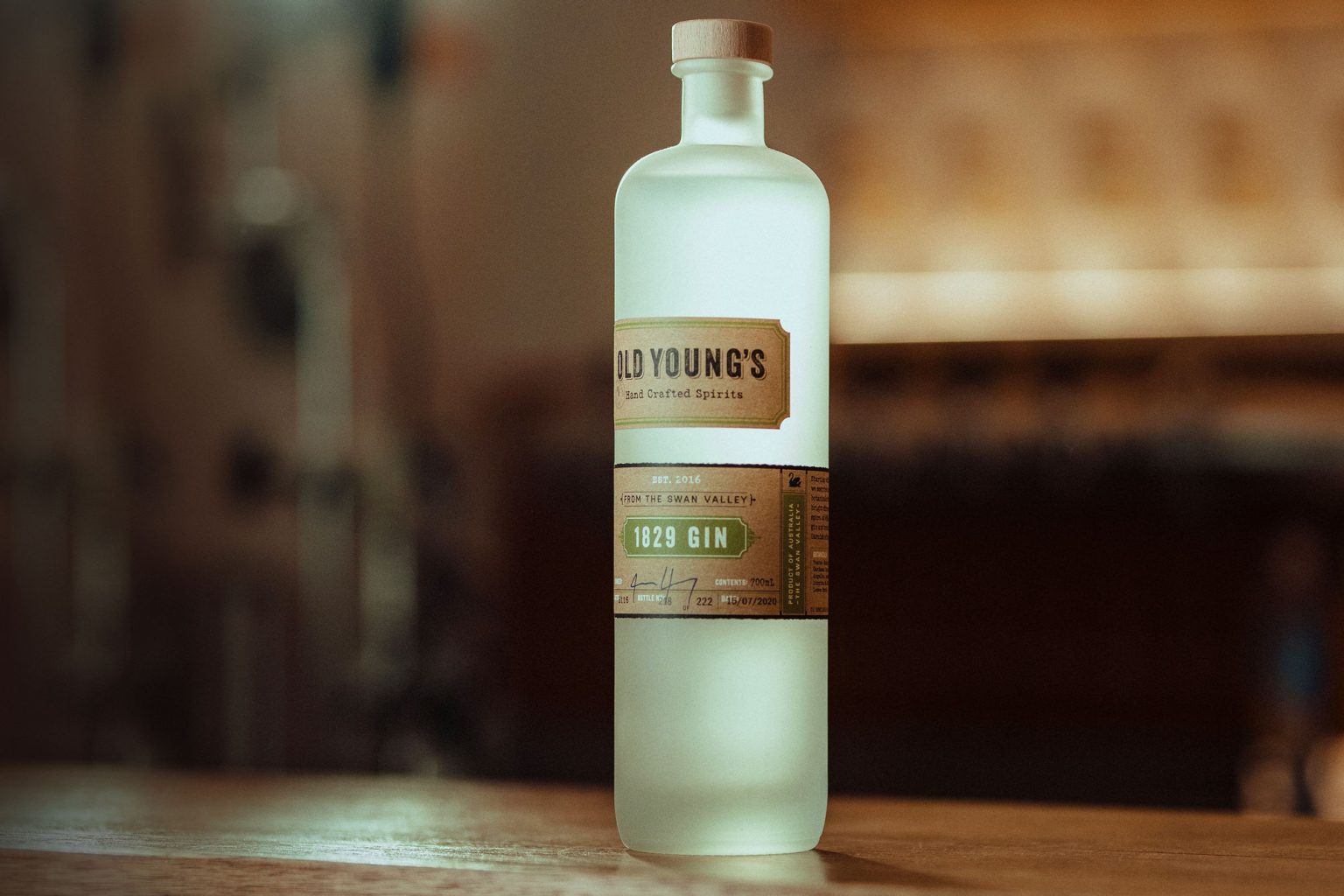The Ultimate Guide To Marketing Terminology

Jargon. Everyone’s experienced it. The pain of staring blankly at someone while they spew out an endless babble of technical terms, nodding politely and wondering when you’ll be allowed to leave – it’s a mission to say the least.
But regardless, jargon isn’t going anywhere, because while it might not seem like it, it does actually serve a purpose.
When it’s being used by professionals rather than living embodiments of the Dunning-Kruger Effect, technical talk is an effective way or shortening lengthy conversations down.
Marketing terminology pops up a lot more frequently in everyday life than you might imagine, and it’s important for everyone, from business owners to social media managers, to understand the lingo.
So since there isn’t really any other choice, we thought it might help a few lost souls if we put together a simple glossary covering all the key marketing terminology you might stumble across in everyday life.
It might not prevent any headaches, but think of it like learning a new language – it’ll be fun…..maybe.
Glide Agency’s Marketing Dictionary
Ad Set
The part of your advertising campaigns that holds your adverts, and where you set important parts of your campaign including budget, target audience and location.
Analytics
The recorded data used to show you important information regarding business performance, collected from people interacting with your business.
Business-To-Business (B2B)
A company that sells its products or services directly to other businesses rather than everyday consumers – like Google or Salesforce
Business-To-Consumer (B2C)
A company that sells its products directly to consumers – like Nike or Pepsi
Bot Sequence
A pre-programmed robot that simulates a conversation when a user interacts with it. These are typically used to gather information from people by asking questions to help qualify their value.
Bounce Rate
Bounce rate is the percentage of people who land on any page of your site and then leave before clicking on or visiting any other sections. You typically want a low bounce rate, as it shows that people are interested in your website.
Buyer Persona
A fictional profile put together by you to simulate an ideal customer, based on research, data and demographic knowledge.
Content Management System (CMS)
An application on the internet to assist people & businesses with creating websites & digital content.
Competition
The businesses, other entities you must compete with in order to acquire customers. Competitors will typically offer similar goods/services, or have a target market very similar to your own.
Content
Content is a broad term, typically associated with digestible information that is produced. Common forms of marketing content include blogs, social media posts, videos or podcasts.
Conversions
A conversion is counted every time an action is performed to complete a desired outcome. If someone visits your website, reads an article, then signs up to your email list, that person is deemed a conversion.

Conversion Rate
The percentage of people that completed a desired action, out of all those who could have taken that action. The higher this is, the better your performance.
CPC
Cost-per-click – the amount of money you had to spend get an individual to click on your content, such as your ads or sponsored content.
CPL
Cost-per-lead – the amount of money you spent in order to convert someone into a lead, providing an opportunity to gain new business.
CPP
Cost-per-purchase – the amount of money it cost for you to generate a new purchase through your ads or sponsored content.
Call To Action (CTA)
A link, button, or something similar that encourages people to perform a specific action, such as visit a website, fill out a form or purchase a product.
Click Through Rate (CTR)
A percentage of your audience that clicked through from one stage of your marketing efforts to another, such as people who visited your landing page and decided to click onto a sign-up page from there.
Data
Data typically refers to information & statistics that can be analysed to find trends, patterns, gather important info and guide business decisions. Most typically associated with marketing is ‘consumer data’.
Demographics
General data that contains information about the people located in a specific area, suburb or location.
E-Commerce
Stands for internet-commerce. This is the act of conducting business, typically merchant-based business, online as opposed to traditional brick-and-mortar shops.
Funnel
A marketing funnel represents the journey people take towards becoming your customers. Their first interaction with you begins at the ‘Top’, once familiar they begin interacting in the ‘Middle’, and when they’re ready to become paying customers, you move them smoothly down to the ‘Bottom’ – all as a result of well-planned marketing efforts.
Impressions
The total number of times your ads have been seen across various channels – though not representative of the number of unique views. One impression doesn’t equal one unique customer.
Inbound Marketing
The act of drawing customers into you, rather than waving for their attention through ads or other means.
Influencer
A term covering any internet personality with an audience substantial enough to give them a form of influence, most often found and connected with on Instagram.
Keywords
A select few highly specific phrases, sentences or words that, when searched for, may result in your business appearing in search engine results.
KPI
Key Performance Indicators – these are the metrics or figures that are used to evaluate the success of any marketing activities. Deciding the most important KPI’s to track help give insights into the success of your marketing campaigns and whether or not you achieved your goals.

Landing Page
A standalone web page where you send people you’re trying to convert. Typically, you’ll create a unique page, then use that URL in your ad to drive interested parties to their final destination.
Leads
A person or company that shows any form of interest in your business offers, products or services. They may be someone who signed up to an email list, filled out a form on your website, or left an inquiry on your Facebook post.
Lead Scoring
The process of ranking your leads on a range of ‘likely to convert’ to ‘not likely to convert’, based on their eagerness, the information you have on them and other factors.
LPV
Landing Page Views – the metric used to determine how many total & unique views your landing page gained.
Marketing Channels
The various ‘channels’ through which your marketing efforts are distributed, such as social media, email & word of mouth. Understanding which channels work best & why is an important part of your planning process.
Offer
When marketing anything to consumers, you need to offer them something of value in exchange for their time, information etc. This can be a free download, informative blog post, a discount code, or just a product they’ll love.
Onboarding
The process of bringing new customers, clients or prospects to your business. Having a strong onboarding process is key to maintaining strong relations with loyal customers.
Pixel
A unique piece of code that you place on your website, allowing your site to collect & send data to Facebook that can be used to create ads targeted to audiences who have expressed interest in your business before. With FB Pixel data, you can create ads targeted exclusively at people who have visited your site, made purchases, or added products to cart, to name a few examples.
Reach
The number of unique individuals who have seen your adverts at least once. Often mentioned alongside impressions, reach is the total number of unique people, while impressions are the total number of views.
Referral Marketing
A form of marketing by which new consumers or interested parties start engaging with your business, based on the advice or advocacy of others. Creating strong relationships with loyal customers can result in successful referral marketing.

Return On Ad Spend (ROAS)
The total amount of revenue generated from website purchases as a result of your advertising spend. If you spend $100 on ads and generate purchases worth $1500, your ROAS = 15x
SaaS
Software-as-a-service – a business model based on the creation and sale of software to businesses or consumers. Examples include Spotify, Salesforce & Adobe.
Search Engine
A program enabling users to search the internet by entering key phrases, words or specifications. Search engines like Chrome, Firefox & Tor essentially act as gateways to the internet.
Search Engine Marketing (SEM)
A marketing method for gaining traffic, users & visibility via search engines like Chrome. This term includes paid ads that appear in response to searches as well as general branding efforts.
Search Engine Optimisation (SEO)
A process aimed at maximising the number of visits to a site by ensuring that it appears as high as possible in search engine results.
Social Proof
A form of psychology in which people seek the opinion and direction of others to help determine how to act or think. It’s like seeing a cafe with a long line out the front and automatically assuming that their coffee must be great – humans naturally look to others when making decisions, and leveraging social proof can prove very useful.
Split Testing
The process of testing two versions of a single variable to determine which will be more successful, used as a method to find the best images, videos or text for your ads.
Target Audience
The specific group you want to target in order to generate results. Researching and understanding your target audience is an integral part of marketing.
Web Traffic
The quantity of people you’re able to direct towards your website or landing pages. The more traffic you’re able to push to your site, the more likely you are to generate business.
Honourable Mention – Marketing Agency
The people here to help with your marketing when, despite all the articles, podcasts, webinars and guru courses, you just can’t seem to get it right
If you’re not sure where you start, Glide can help get you where you need to be.
Boasting a diverse list of exciting clients including Perth Zoo, Rottnest Island, Constable Care & Destination Perth – Glide consistently helps businesses across a wide array of industries maximise their marketing and make the most out of their money.
Take a look at what we can do for you, read some of our case studies, or get in touch today and learn about how we can help take your business to the next level!





